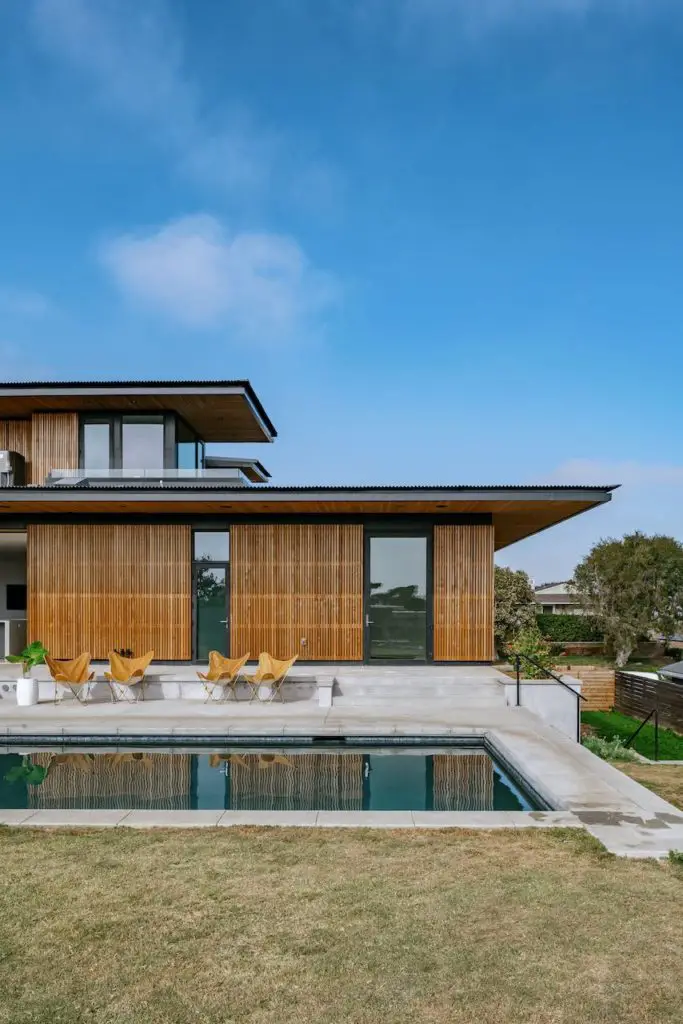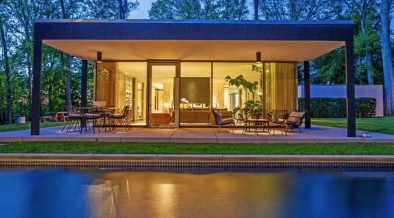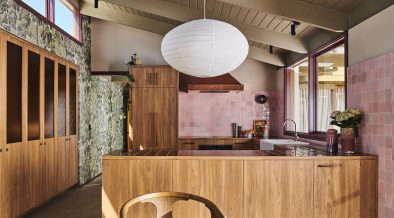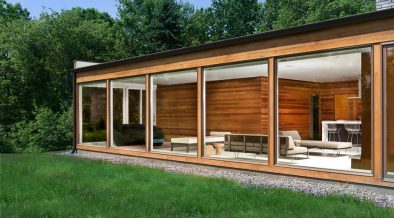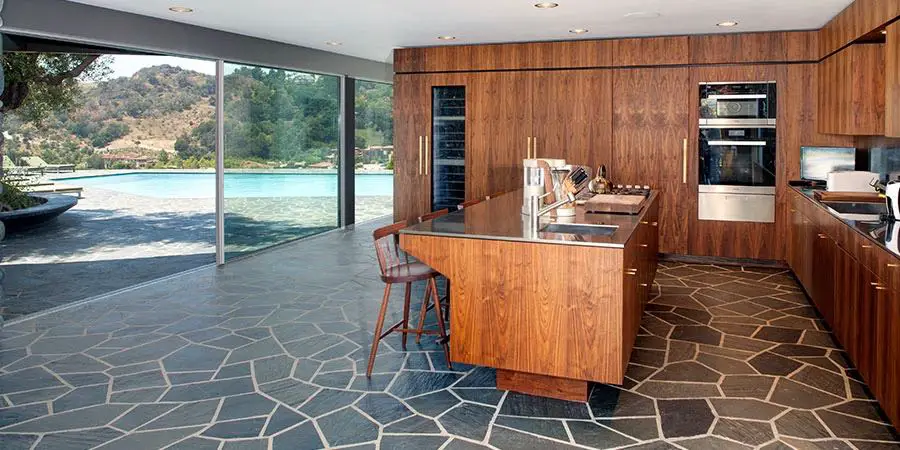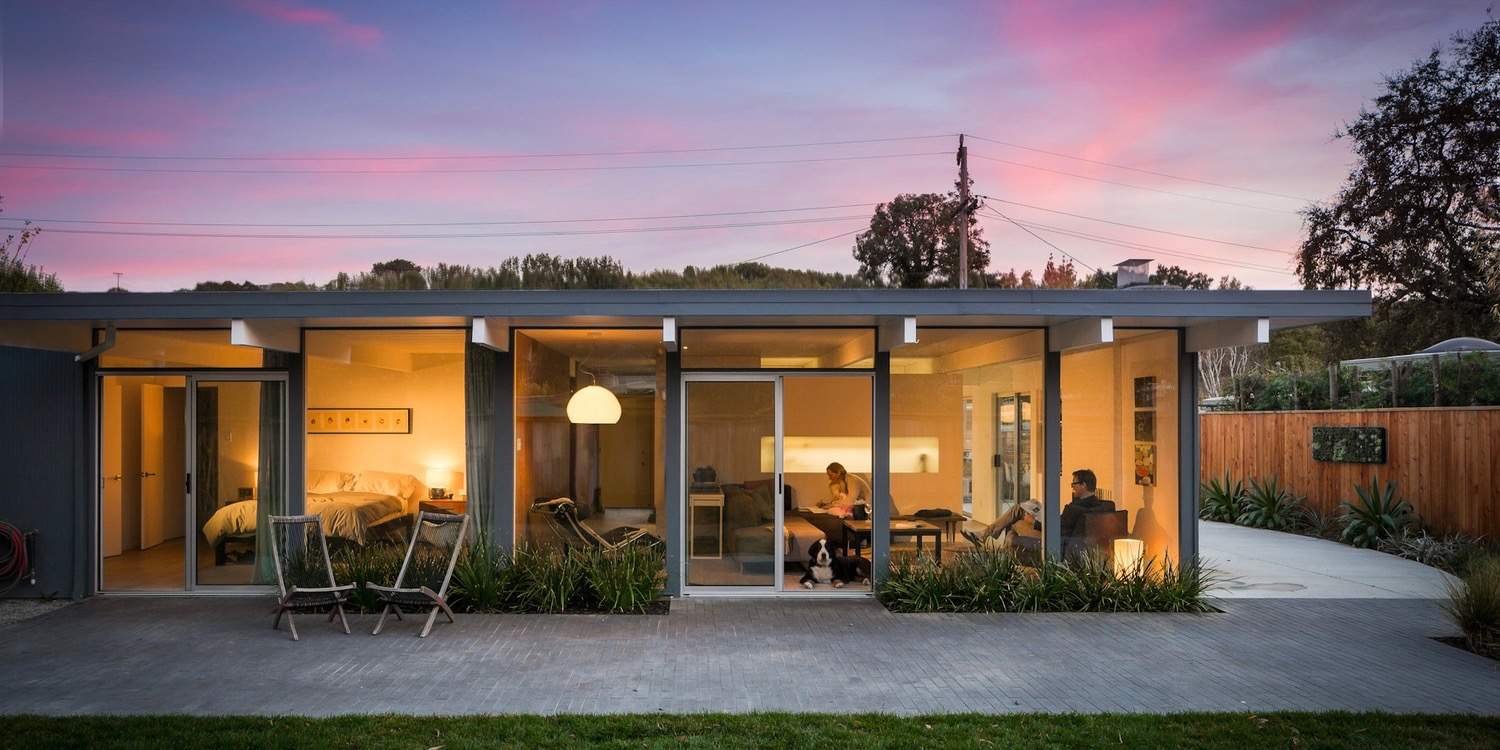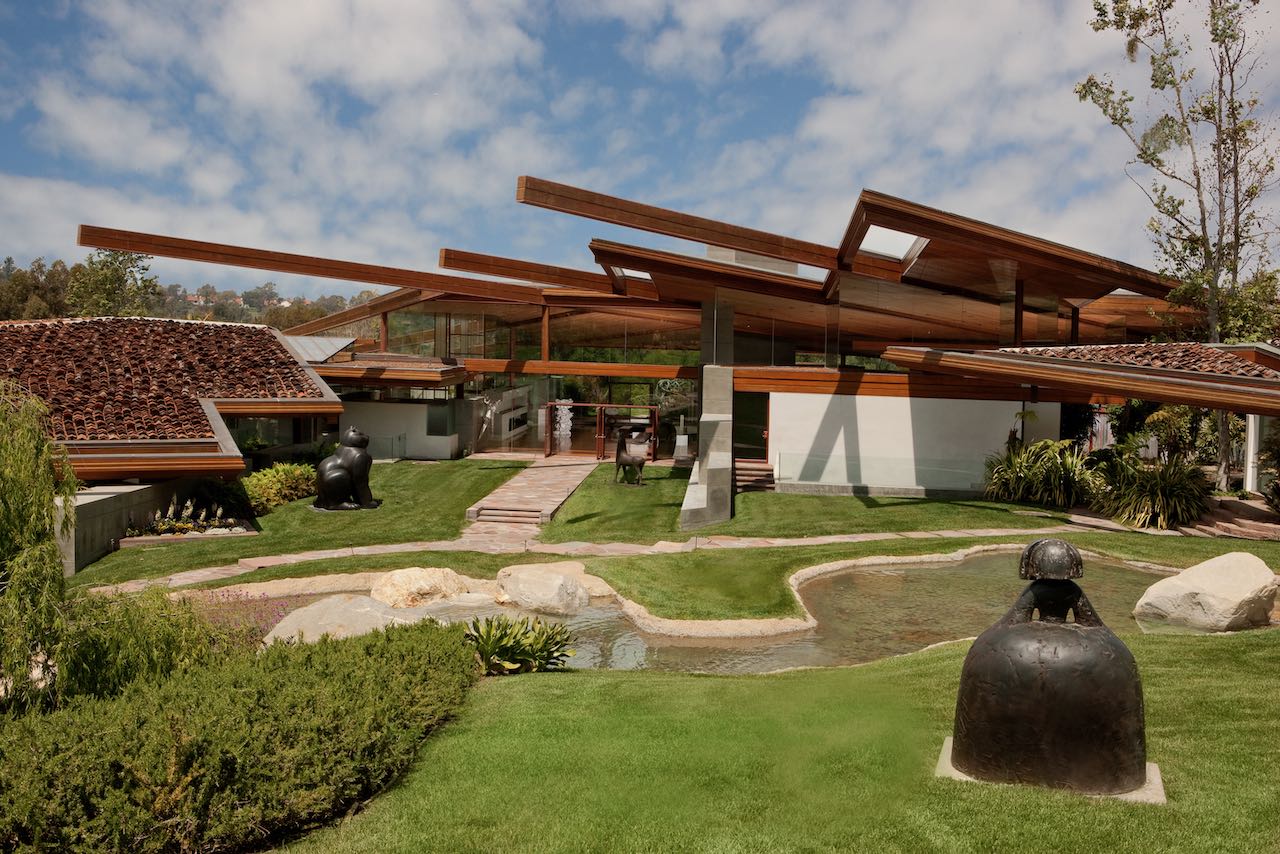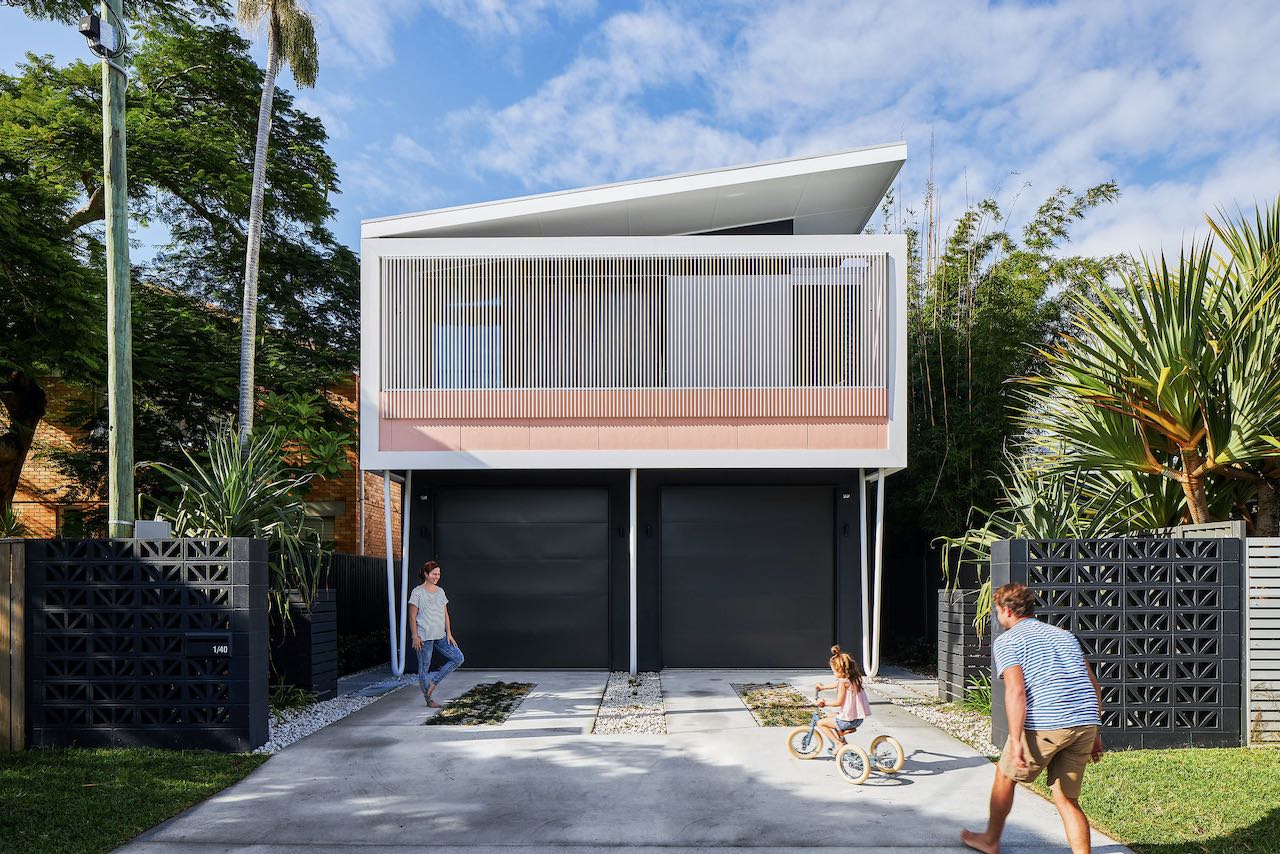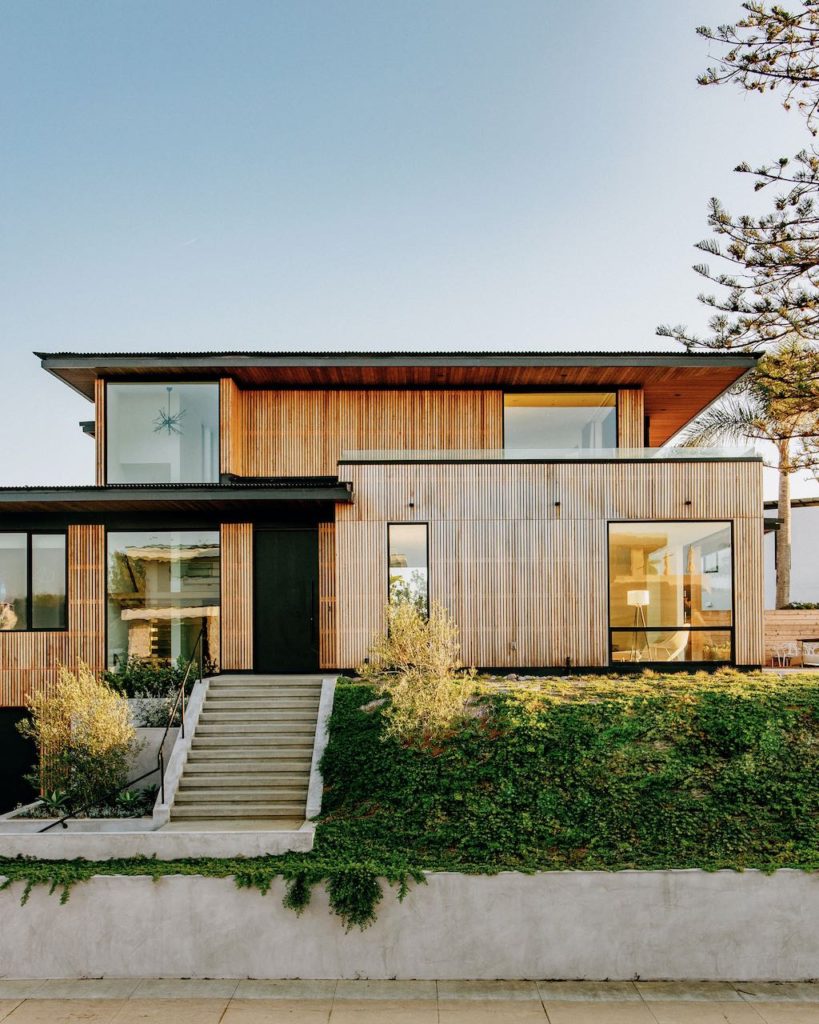
Text from Architect Alec Petros This project came about when I happened to meet the owner of the property at a local bookstore. We serendipitously picked up the same architecture book, and then struck up a conversation. It turned out he was looking for someone to design his home. It was clear we had a similar design aesthetic, and so we decided to continue the conversation.
Initially, our main focus related to the best and most thoughtful use of this particular property with its parameters considered. It was an odd shaped lot in a coastal region. There were a number of concerns related to ensuring privacy in a densely populated coastal area, as well as meeting the needs of the program.
The clients wanted to maximize views with an open floor plan, but also wanted to avoid feeling like they were in a fishbowl.
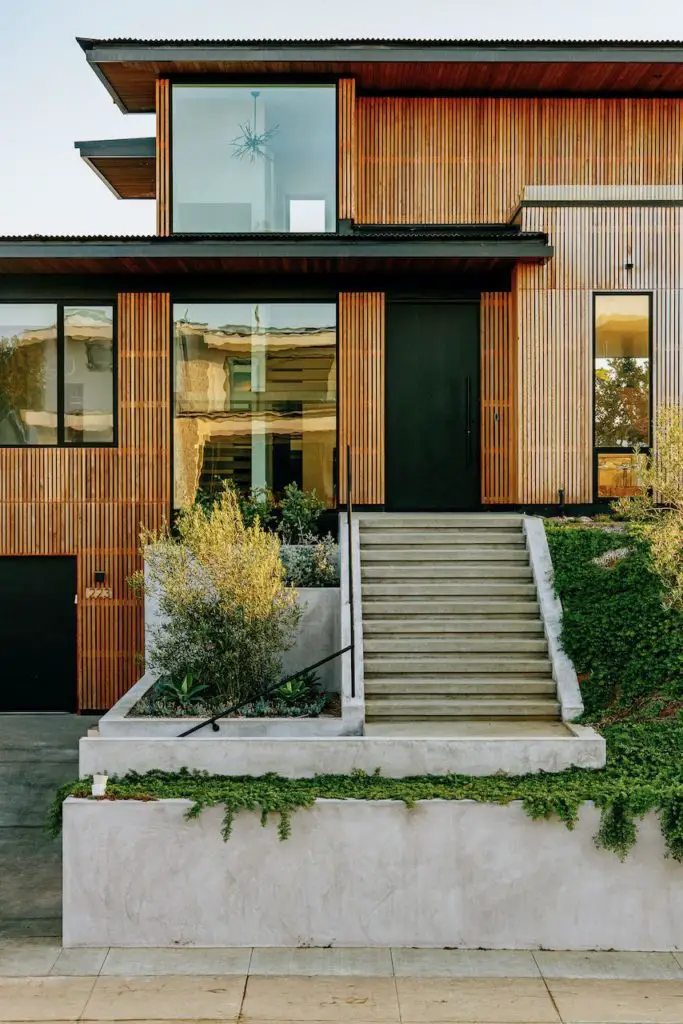
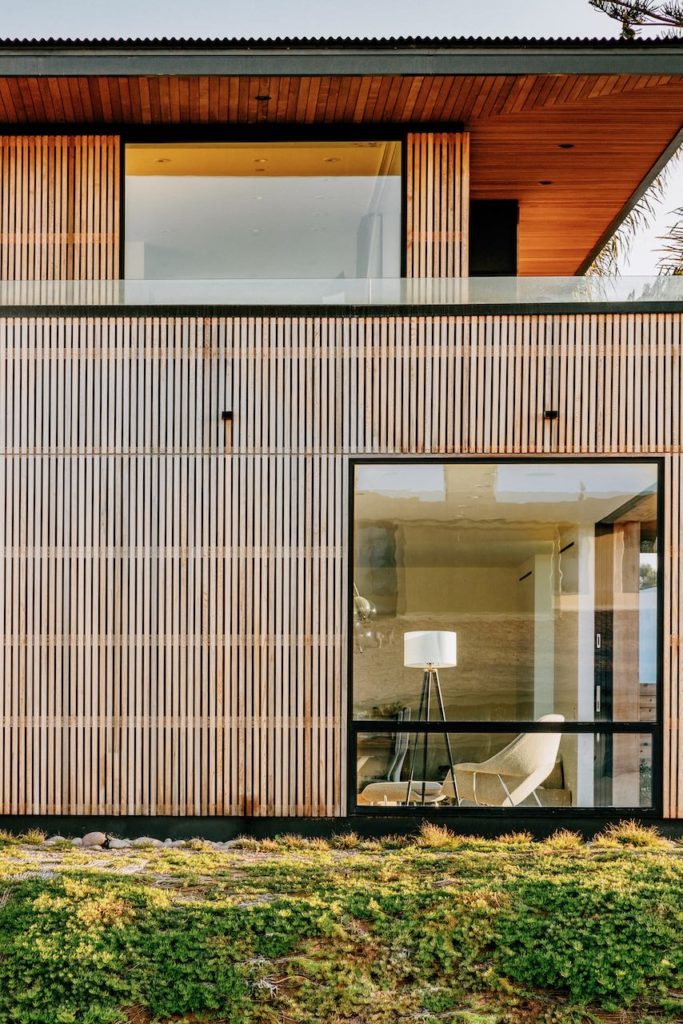
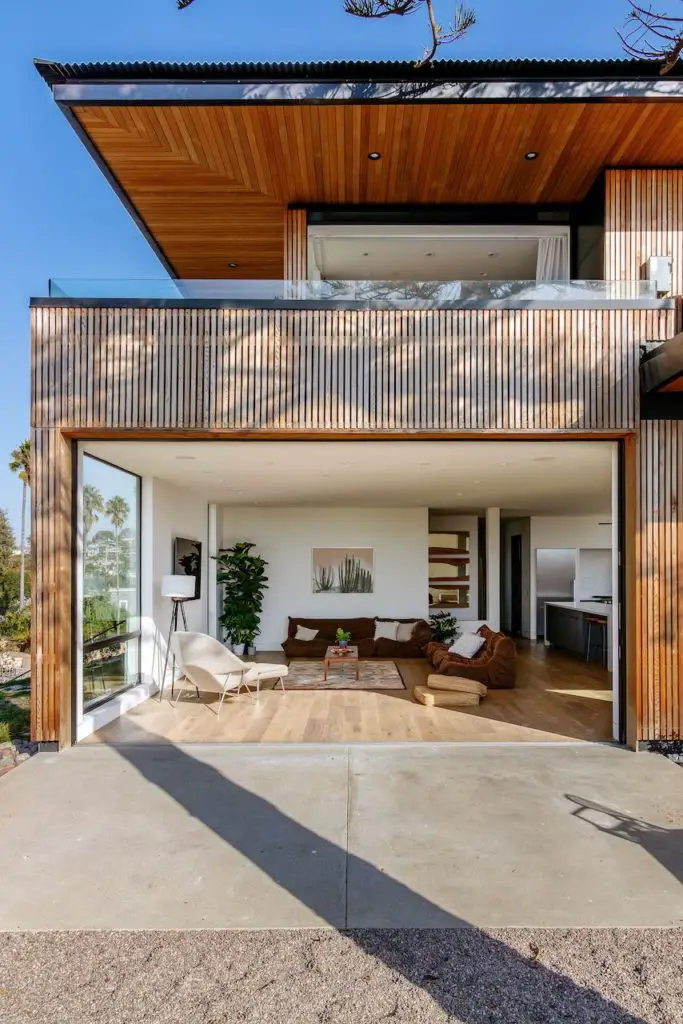
With these considerations, we began to outline a number of design strategies that could help define the building’s layout.
Our clients were from Australia, so we attempted to bring the Australian vernacular into various elements of the home. One of the more prominent ones was creating an indoor/outdoor living environment.
In order to achieve this, we decided to place larger door systems that opened to the western and southern portions of the lot which then allowed us to capture both the ocean views as well as the cool breeze.
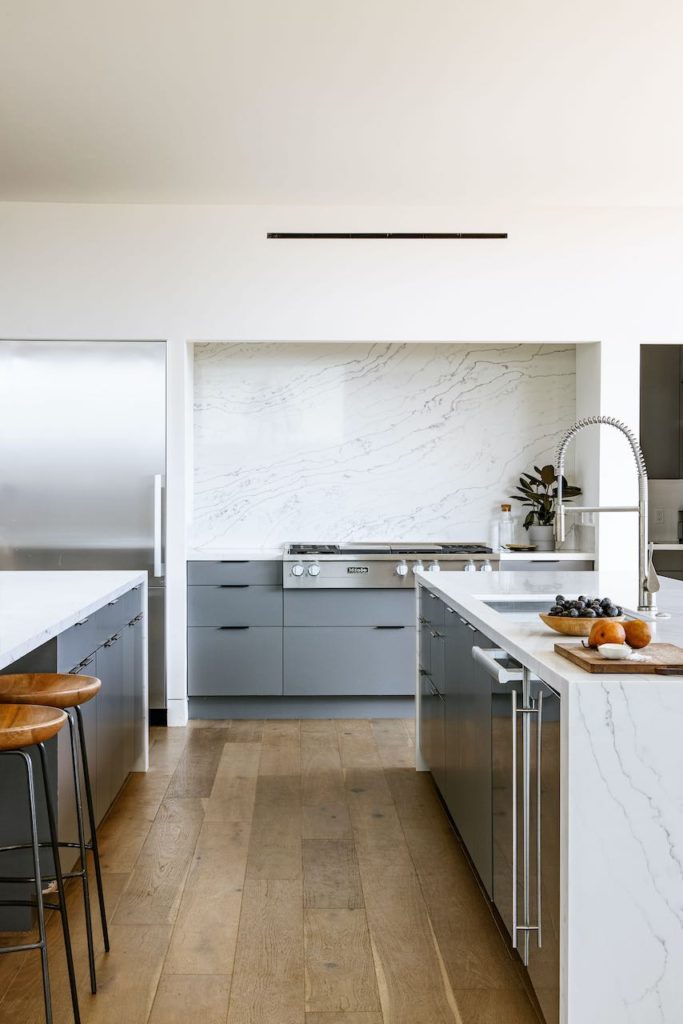
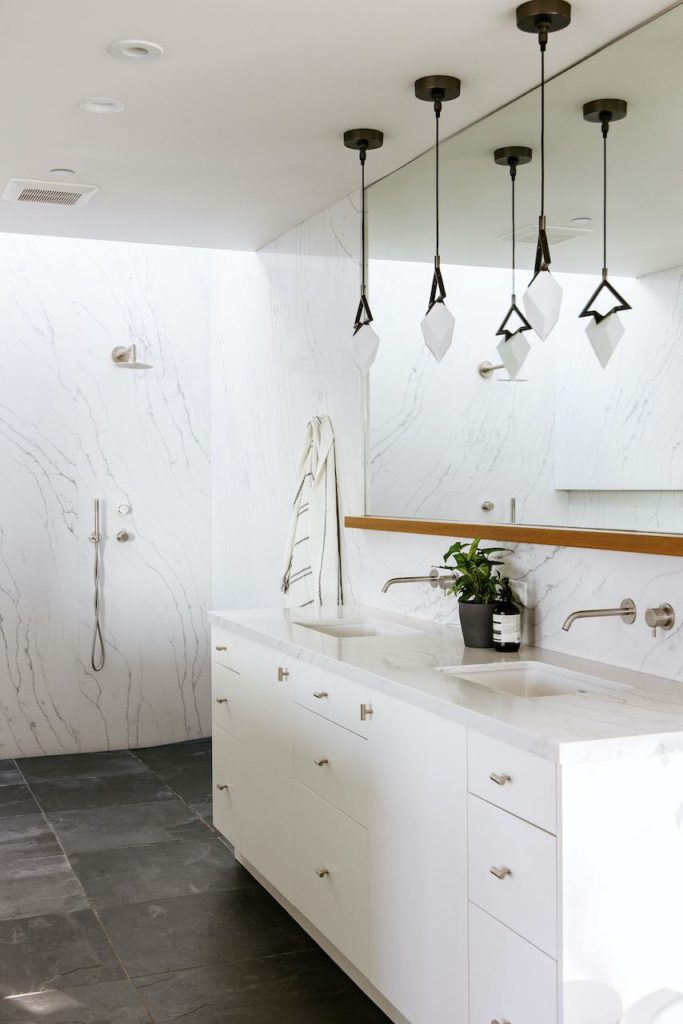
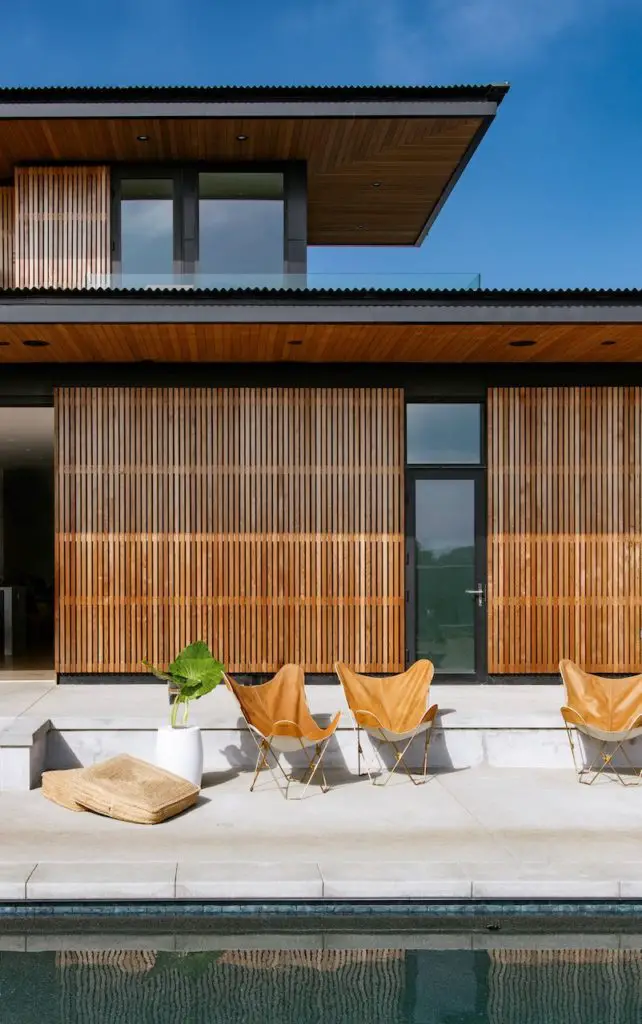
This door placement would encourage cross-ventilation which on a warm day provides passive cooling throughout the living space. Along with this, we developed deep roof eaves (7 ft) which are an interesting design tool that can enhance a floor-to-ceiling door system; it feels as though there is no division between indoor and outdoor.
The roof eave creates the illusion that the room keeps extending to the landscape. We really wanted to capitalize on these concepts
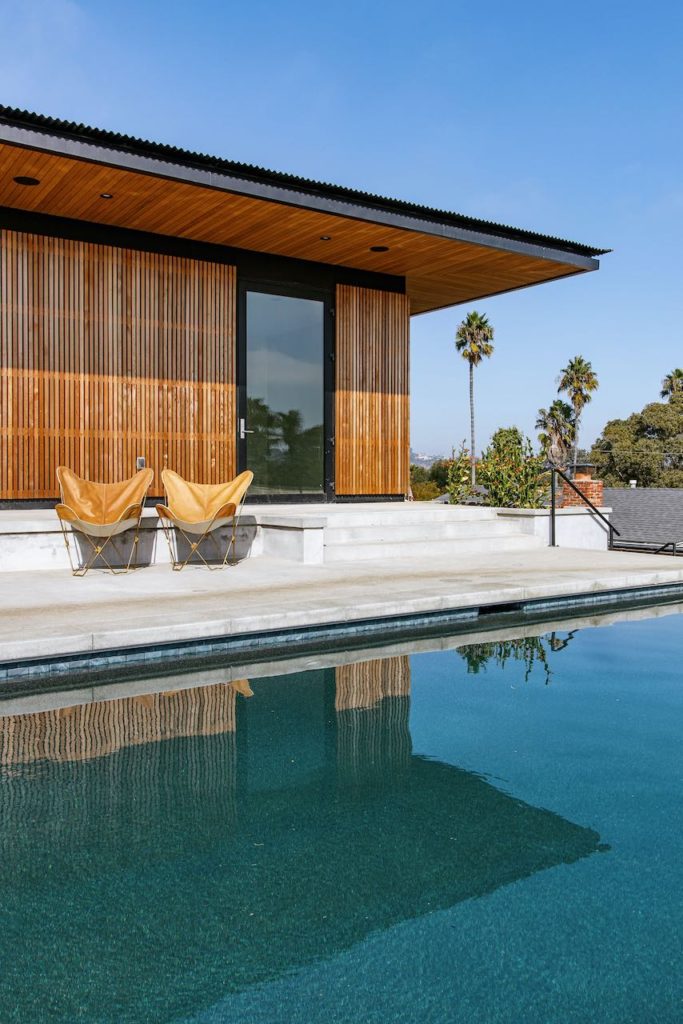
Another strong detail in the thought process behind the design related to sustainability. The siding is composed of vertical FSC-certified cedar boards attached to a horizontal sleeper system which created an air gap between the siding and the water-proofing. This allows sunlight to heat the boards without transferring a majority of that heat into the building itself.
The beauty of this design is that it reduces the energy usage on the house where cooling is considered. The wood siding was also a durable material choice for us to use in a humid-coastal region.
With so many of the homes that are designed on the coast, the intention relates more so to stopping the natural aging of a structure, however, in this case, we wanted to use that to our advantage and choose a material that would age gracefully.
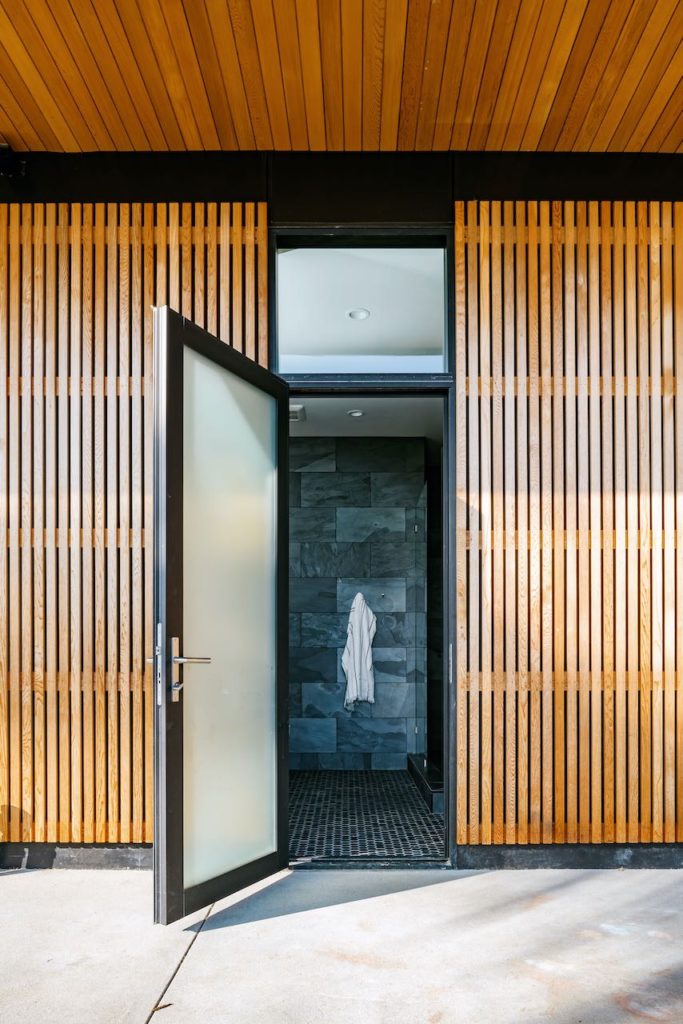
Overall, the vision we had for this property related not only to sustainability, but to how the family will experience it as they continue to grow. We wanted the clients to be able to use it as a flexible space.
The large islands and pocket door systems in the kitchen give way to plenty of entertaining opportunities, while the smaller moments in these spaces provide ease of daily use. It was important to us to create a well-designed, thoughtful space, that most importantly felt livable and cozy.
